Undersea scans of ‘Gateway to Europe’ reveal astonishing detail of sunken landscape
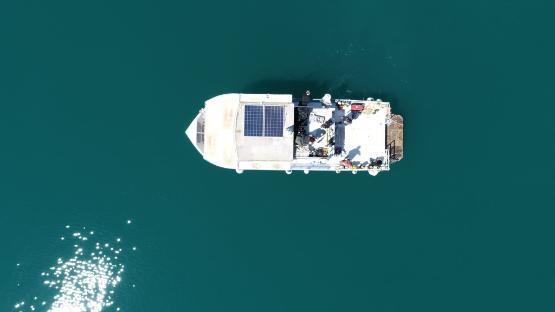
The first ever hi-resolution archaeological underwater scans of the Adriatic Sea off the coast of Croatia have revealed the remains of an astonishing network of streams, rivers and other geological features, all of which were once above ground.
The discovery has been made by the Life on the Edge project, which is a collaboration between the University of Bradford’s Submerged Landscapes Research Centre and the Faculty of Humanities and Social Sciences of the University of Split. A series of expeditions over the next five years will map parts of the Adriatic and North Sea, as they were between 10,000 and 24,000 years ago, when sea levels were around 100m lower than they are today.
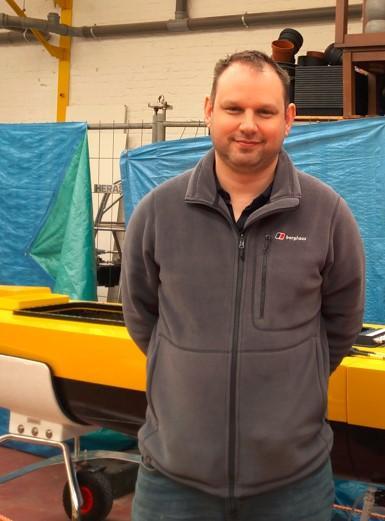
Principal investigator Dr Simon Fitch, pictured above, described the findings as “astonishing”, adding: “The results provided way more detail than we were expecting.
“It’s a more diverse landscape and it's better preserved than we expected. The unique environment of the area around Split, which is quite sheltered, has preserved a lot of it. There are beautifully preserved rivers and estuaries buried beneath what is now the seafloor.”
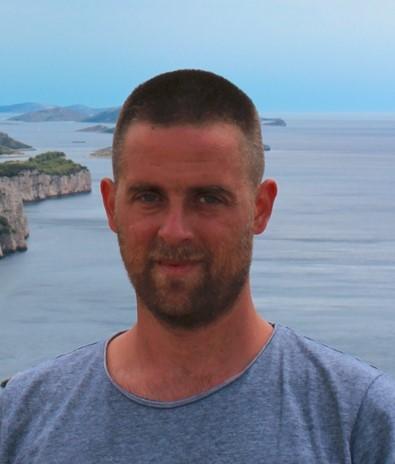
Vedran Barbarić, Associate professor, from the Faculty of Humanities and Social Sciences of the University of Split, pictured above, said: “The Faculty of Humanities and Social Sciences in Split is proud to be a part of this project. None of the previous archaeological projects that have been carried out at our Faculty have had this level of collaborative research, so this will enable the valuable transfer of knowledge and will help with building our capacities. I am certain that the project results will become a landmark in our knowledge on dramatic environmental changes and the human reaction to those in this part of the world."
We have the potential now to begin asking some really fascinating questions, to understanding the archaeology and the culture - in a much more holistic way. Our ultimate goal is to find human artefacts...
Dr Fitch travelled to Croatia in March 2023 to undertake the first ever underwater scans using state-of-the-art underwater 3D seismic sensors, and is due to reveal the results at a public lecture in Split on May 10.
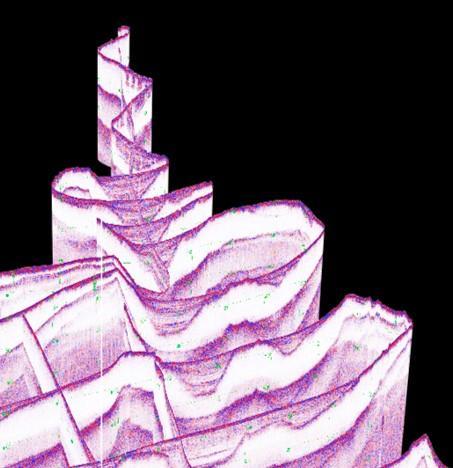
He said: “Previous modelling suggested there may be a river on the sea bed but when we went in with our high resolution sensors, we found more rivers, more water in the landscape and more environments. That’s amazing, because it suggests it is more likely that people lived there.
“These results will help us understand Croatia’s place in the Adriatic. Croatia is the gateway to Europe, so if you think about the advance of farming into Europe, it is and always has been a very important landscape.
“The speed at which that landscape was lost to the sea is also important. It affected people and culture, so by understanding the landscape, we can begin to understand the whole archaeological picture so much more clearly.
“Most people like to live near the coastline and these are precisely the places that are lost. At the moment, what we have from this areas are a few cave sites and scatters of flint, so by finding these landscapes and places that can preserve archaeology, we have the potential now to begin asking some really fascinating questions, to understanding the archaeology and the culture - in a much more holistic way.
“Our ultimate goal is to find human artefacts and having this new understanding of the landscape makes that more likely.”
Dr Fitch said they planned to send divers down to inspect some of the sites this year.
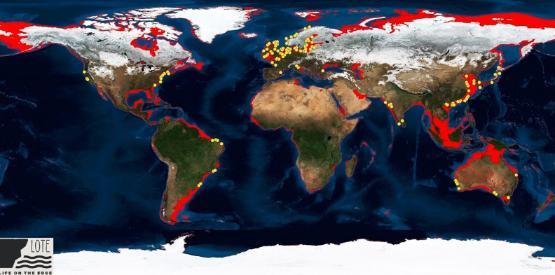
Life on the Edge project
The Life on the Edge project is part of a UKRI future leaders fellowship for Dr Fitch, which last year attracted just over £1m in funding from UKRI, as well as £400,000 in-kind ship time from VLIZ (Flanders Marine Institute), and a PhD studentship from the University. Partner institutions include the University of St Andrews, Scotland, the Faculty of Humanities and Social Sciences of the University of Split..
The Life on the Edge expedition will take in sites both in the Adriatic and North Sea. Archaeologists from Bradford, along with collaborators from the University of Split, the Faculty of Humanities and Social Sciences of the University of Split and Flanders Marine institute (VLIZ), are working with commercial companies, who are already mapping seabeds as they prepare to install wind farms.
State-of-the-art supercomputers installed at the University of Bradford are being used to crunch reams of data and turn it into readable maps, showing lost landscapes, including where rivers ran, hills and other features.

The University of Bradford's Faculty of Life Sciences now has the largest submerged landscapes research group in the world and is one of the few places specialising in what is an emerging academic discipline.
